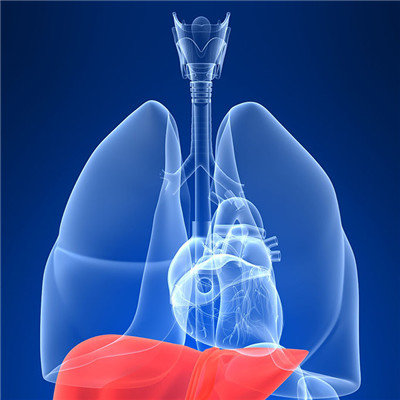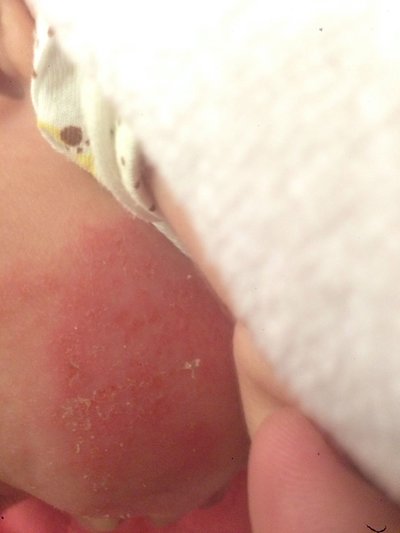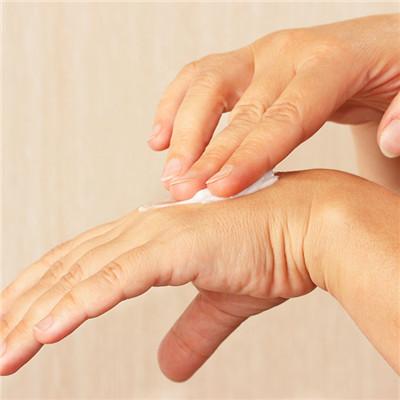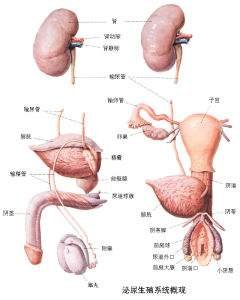What are the causes of pelvic inflammatory disease
summary
Female menstrual low back pain is often the manifestation of chronic pelvic inflammatory disease. Chronic pelvic disease is one of the most common gynecological diseases in young and middle-aged women. It is characterized by abdominal pain, low back pain, increased leucorrhea and dysmenorrhea. What are the causes of pelvic inflammatory disease? Let me tell you.
What are the causes of pelvic inflammatory disease
Reason 1: generally, there are pathogenic bacteria in the reproductive organs of the reproductive system. When the constitution is relatively strong, it usually does not get sick. However, when the resistance drops due to some reasons, the pathogenic bacteria will breed and cause pelvic inflammatory disease, which is endogenous pelvic inflammatory disease.

Reason 2: after cesarean section, the resistance is relatively weak at this time. At this time, it is easy to cause the reproduction of this pathogenic bacteria in the vagina, cervix and endometrium, and the onset of pelvic inflammatory disease. Therefore, this is one of the causes of pelvic inflammatory disease.

Reason 3: gynecological surgery is also the cause of pelvic inflammatory disease, such as abortion, or fallopian tube liquid, these disinfection is not strict, can also cause pelvic inflammatory disease, in addition, some sexually transmitted diseases, such as Mycoplasma, chlamydia, gonorrhea, which can spread bacteria through sexual contact and cause pelvic inflammatory disease, the last reason is the spread of inflammatory surrounding organs, such as Said appendicitis, if there is no timely treatment after appendicitis, it will spread to the surrounding, causing pelvic inflammatory disease, which is the more common cause of pelvic inflammatory disease.

matters needing attention
After parturition or parturition, women are generally weak. Due to the dilation of the cervix, the bacteria in the vagina and cervix may infect the pelvic cavity. If there is placenta and residual fetal membrane in the uterine cavity, the chance of infection is greater.










